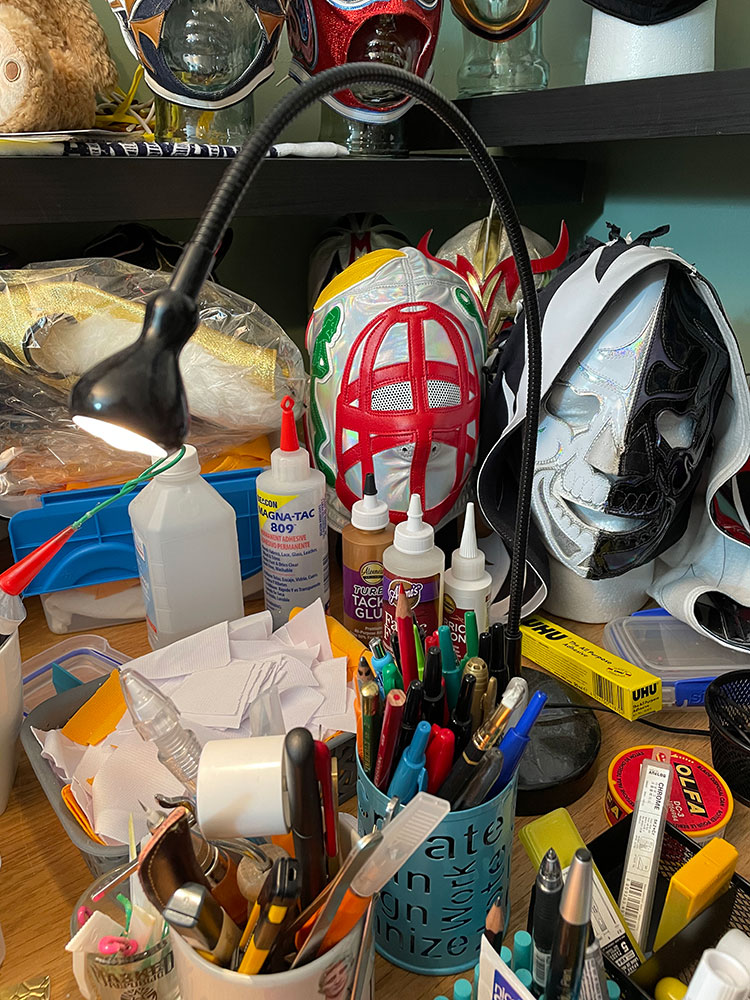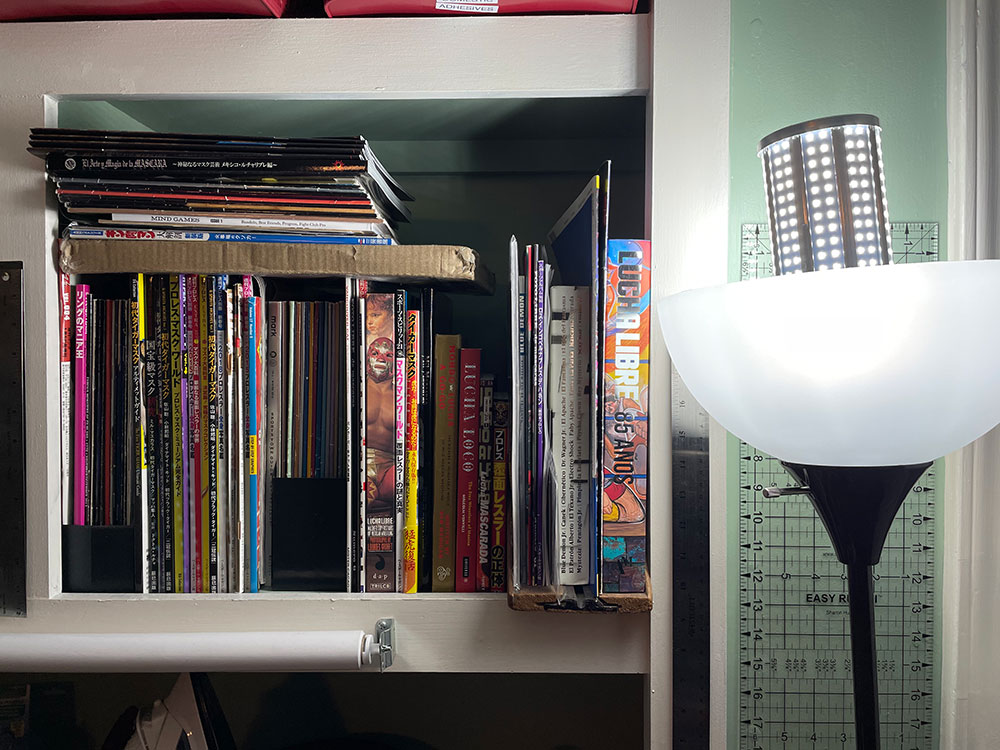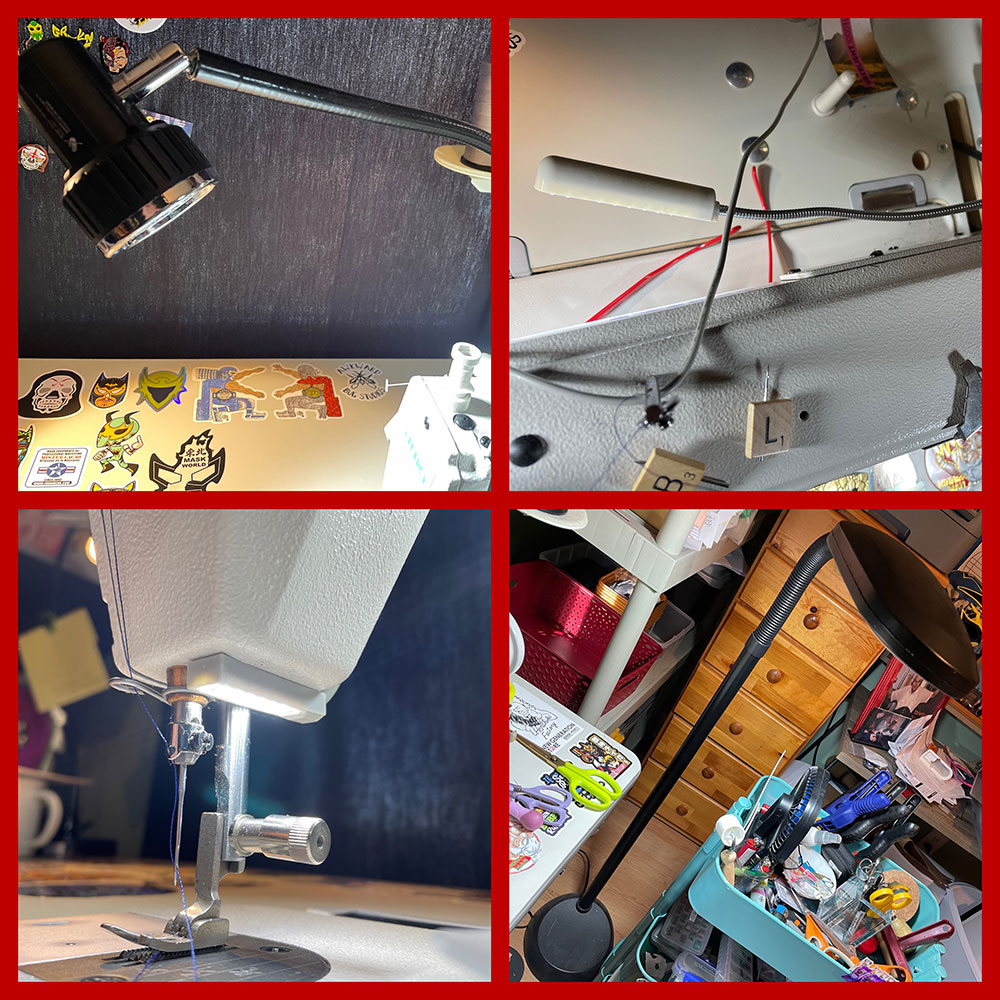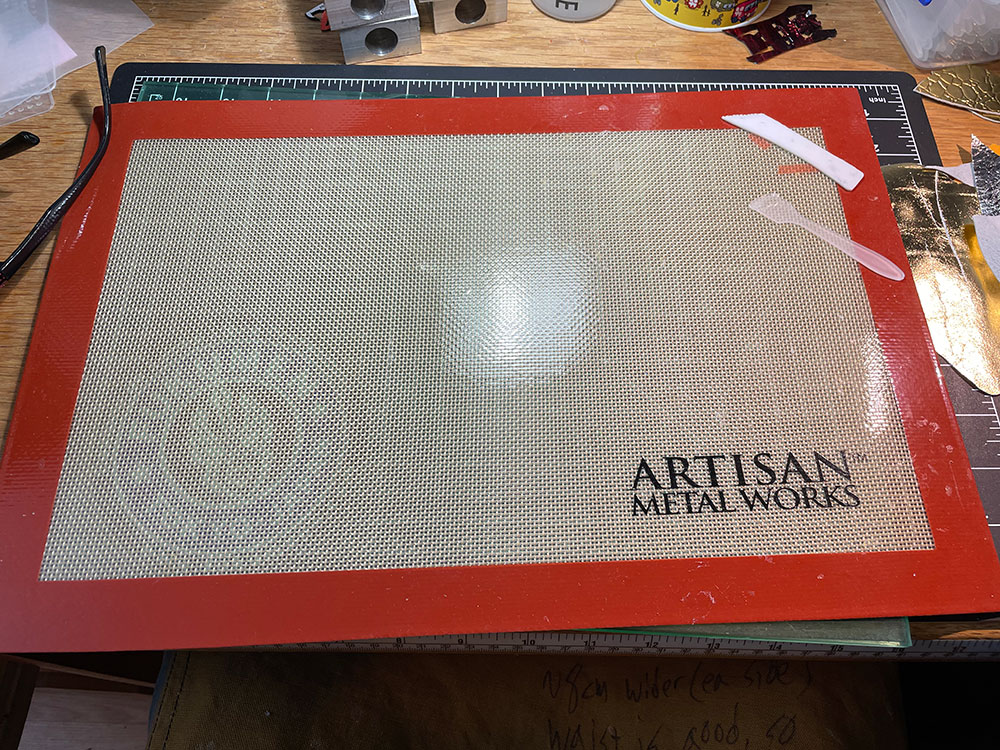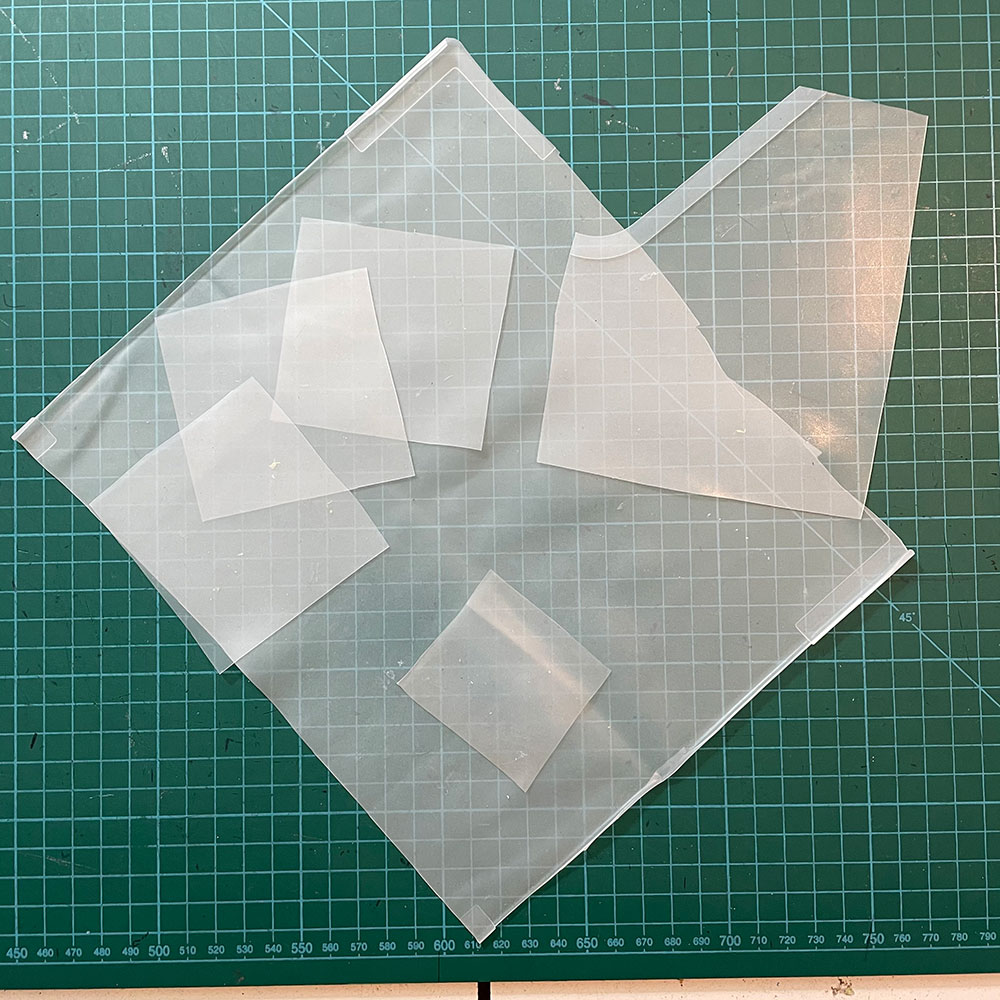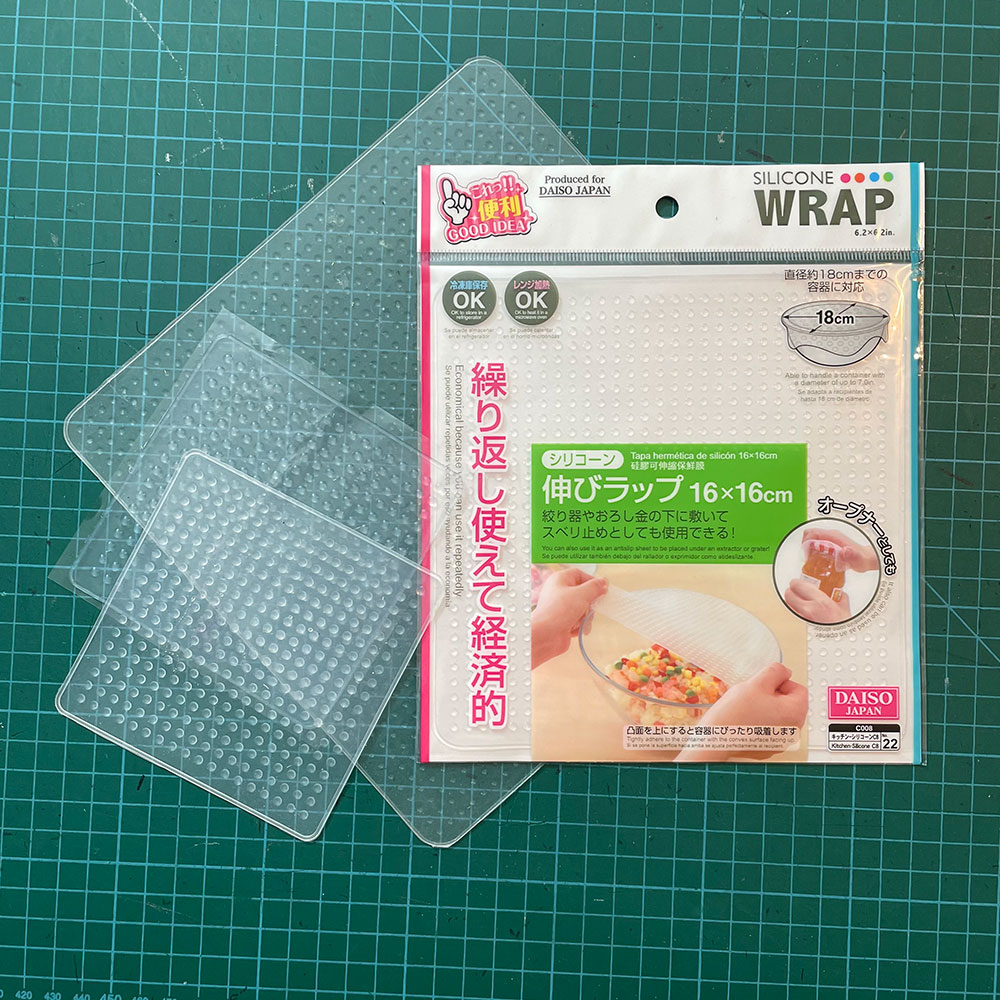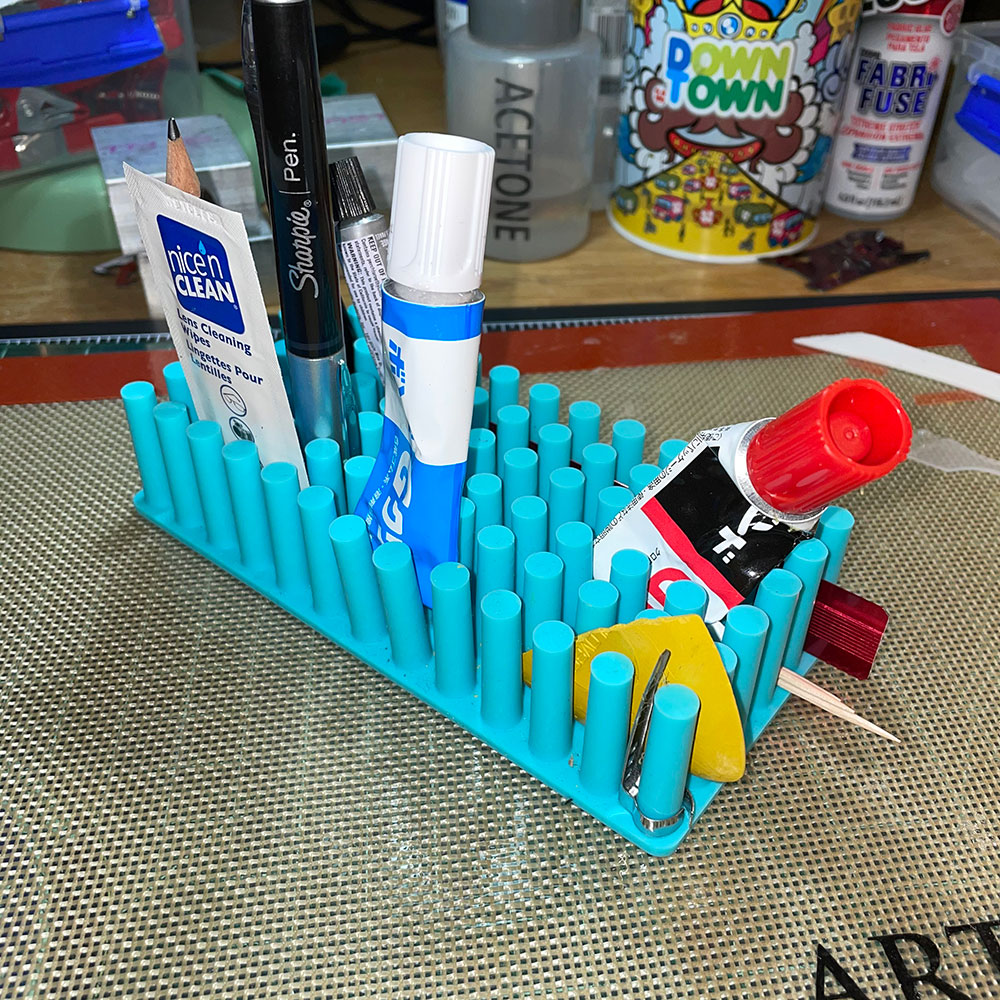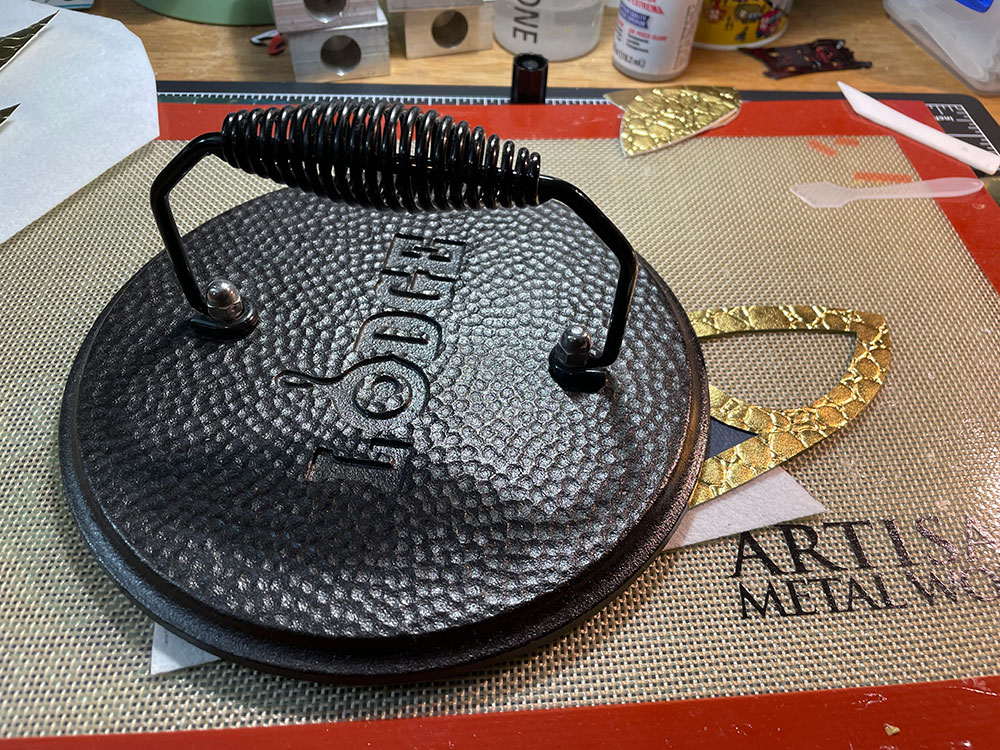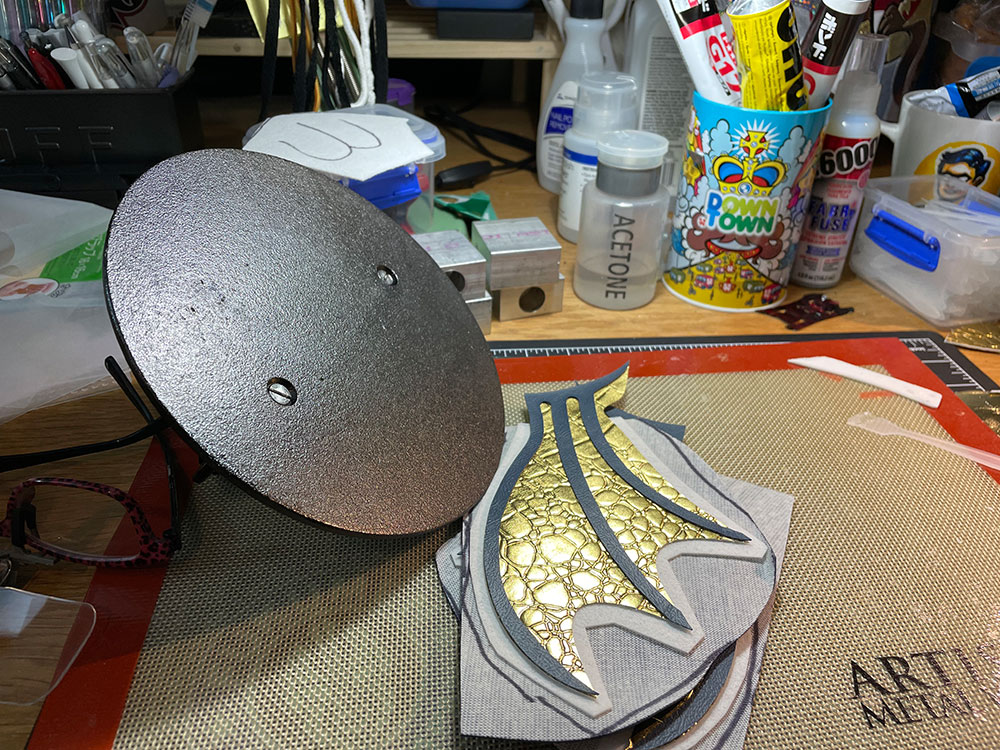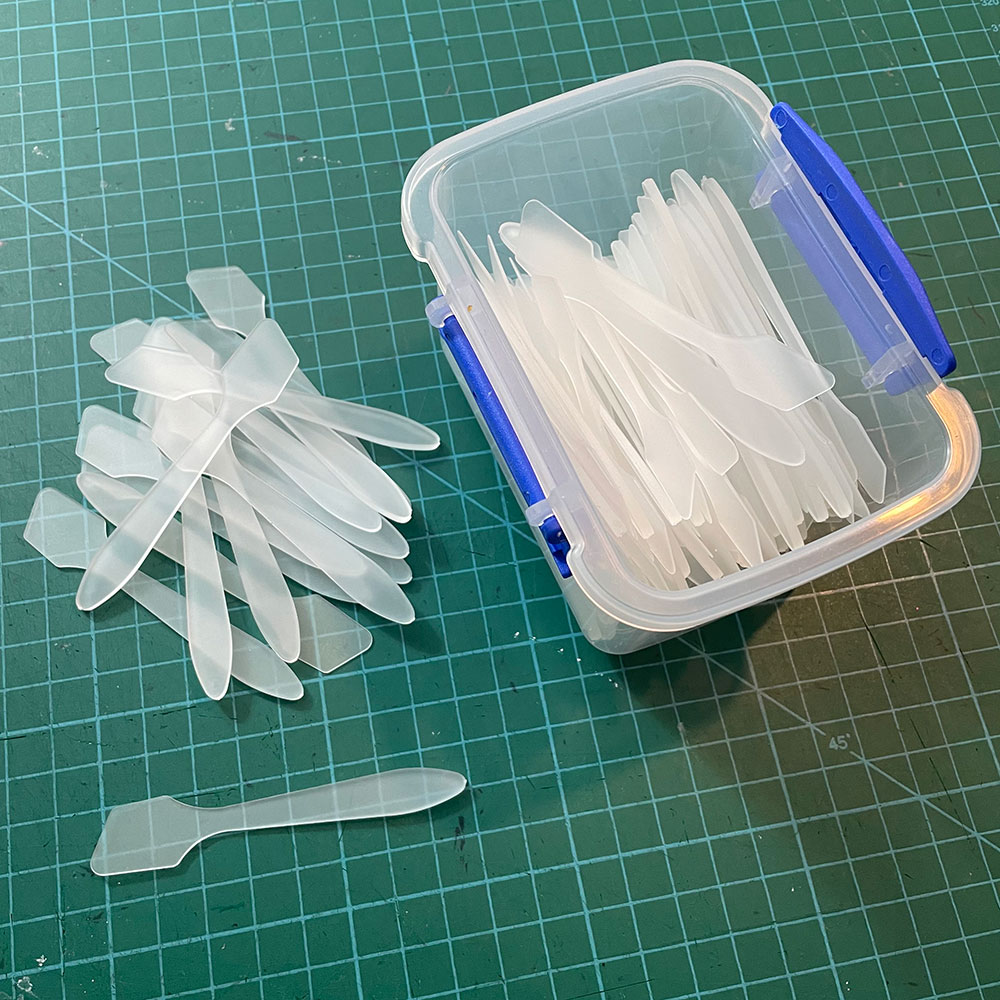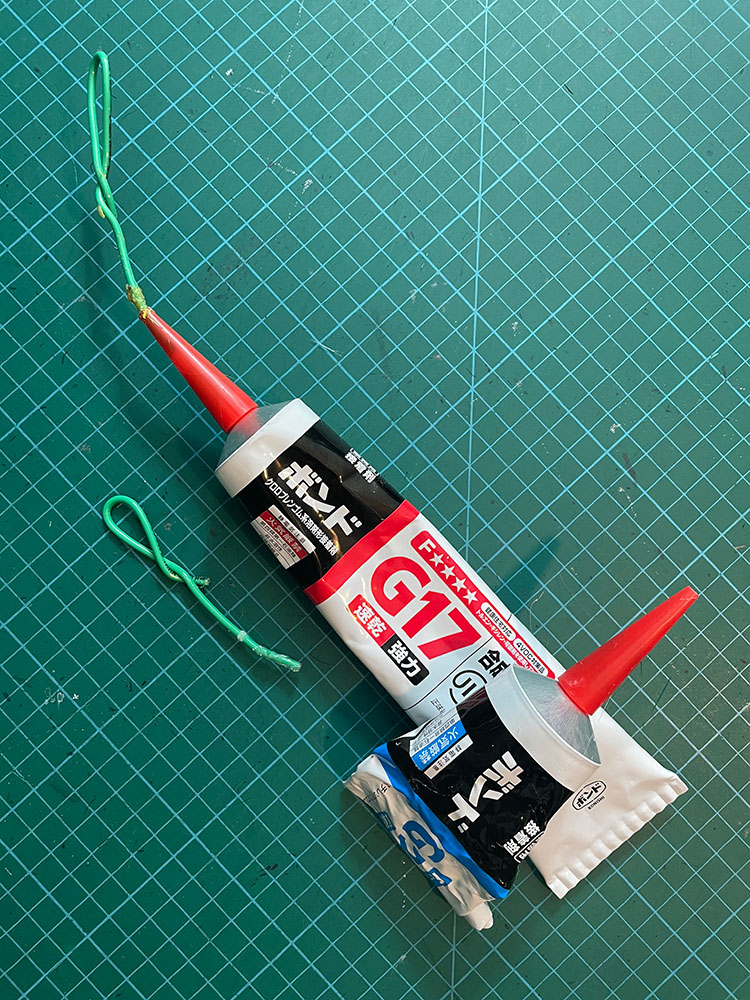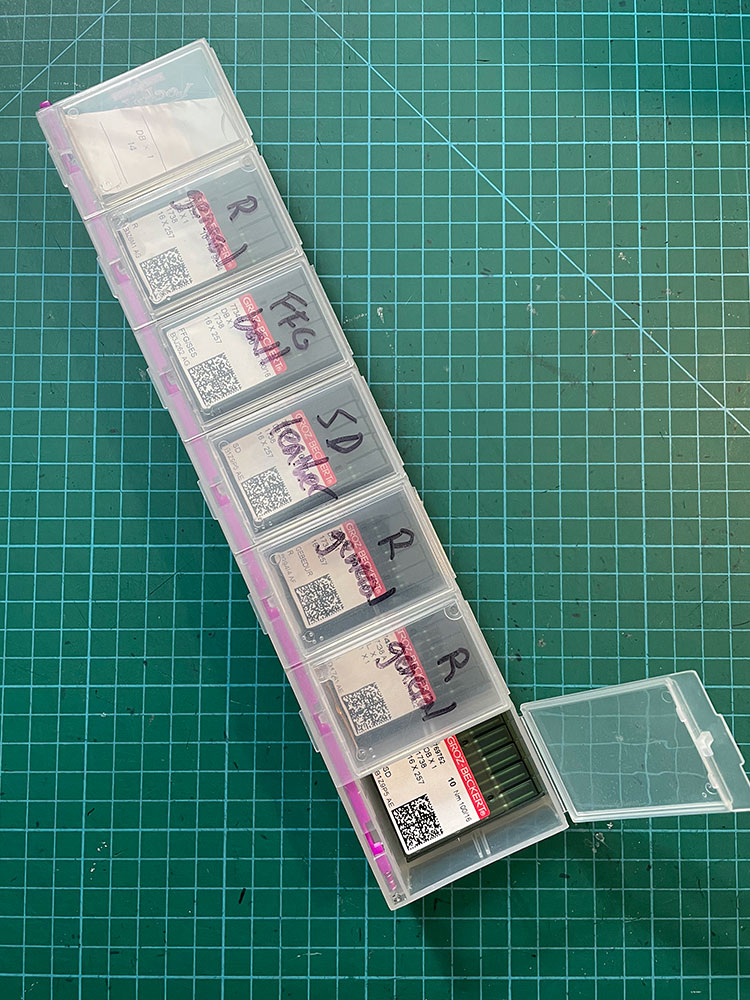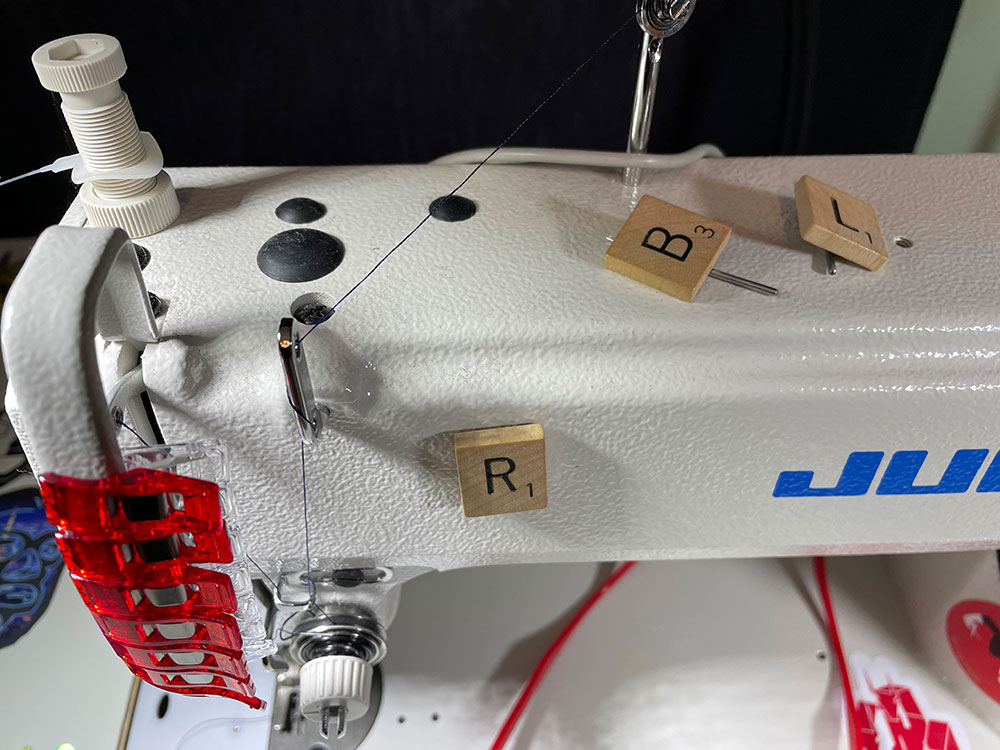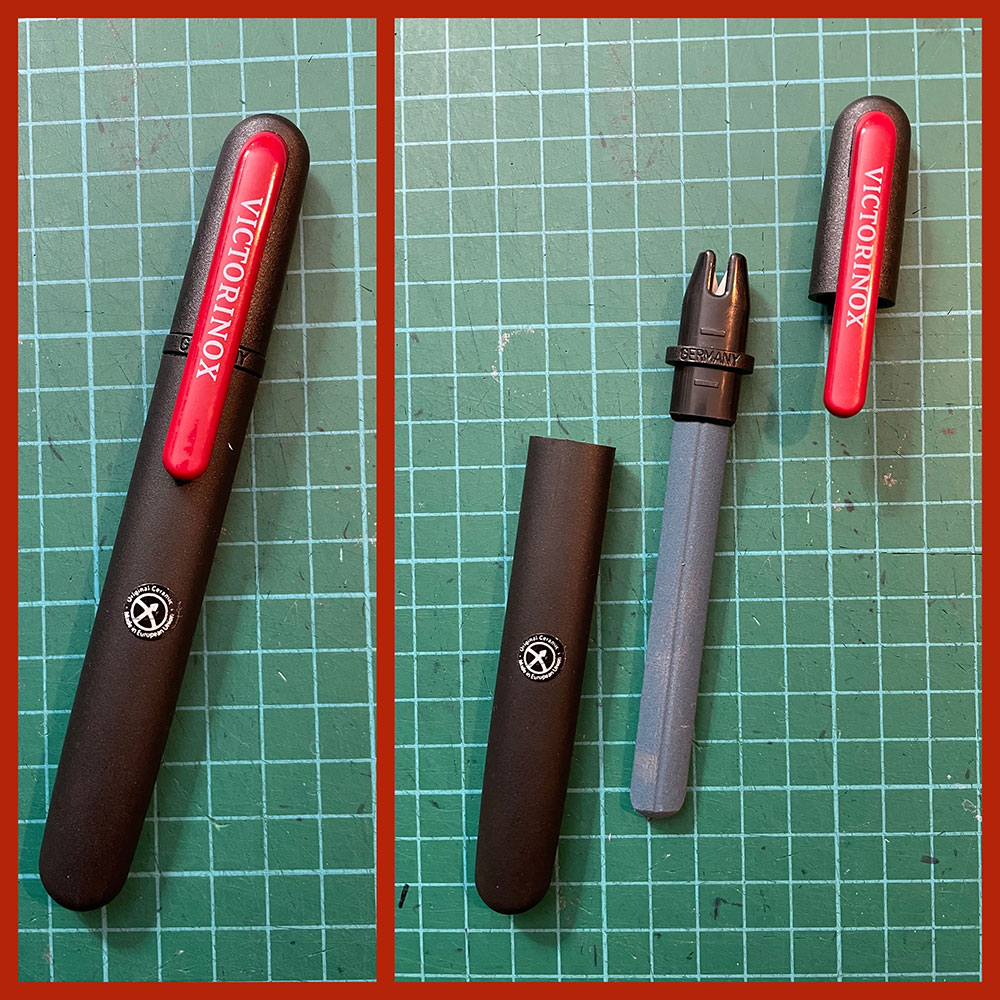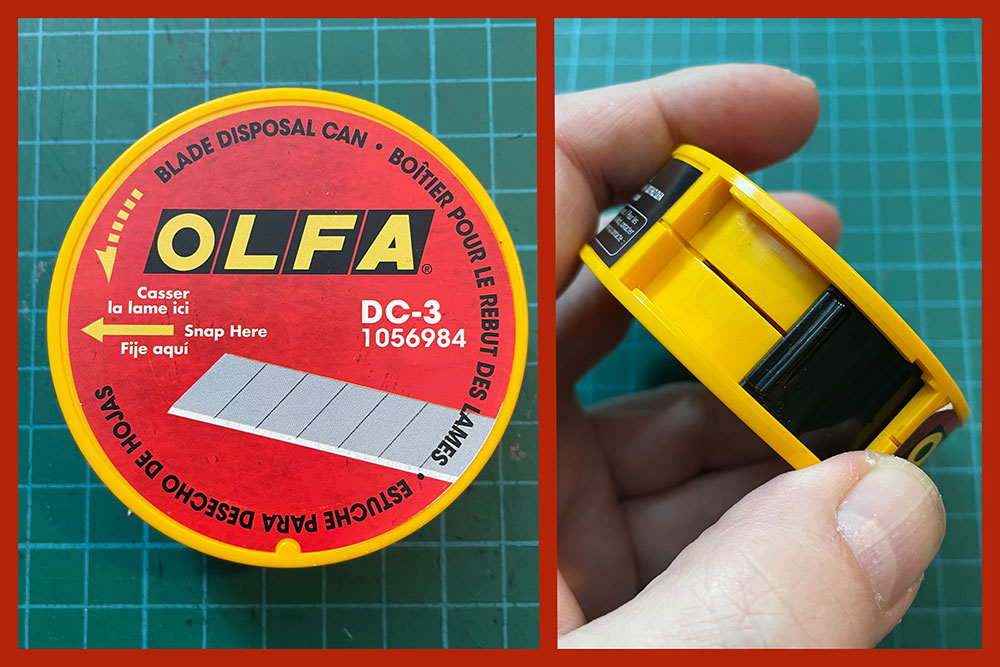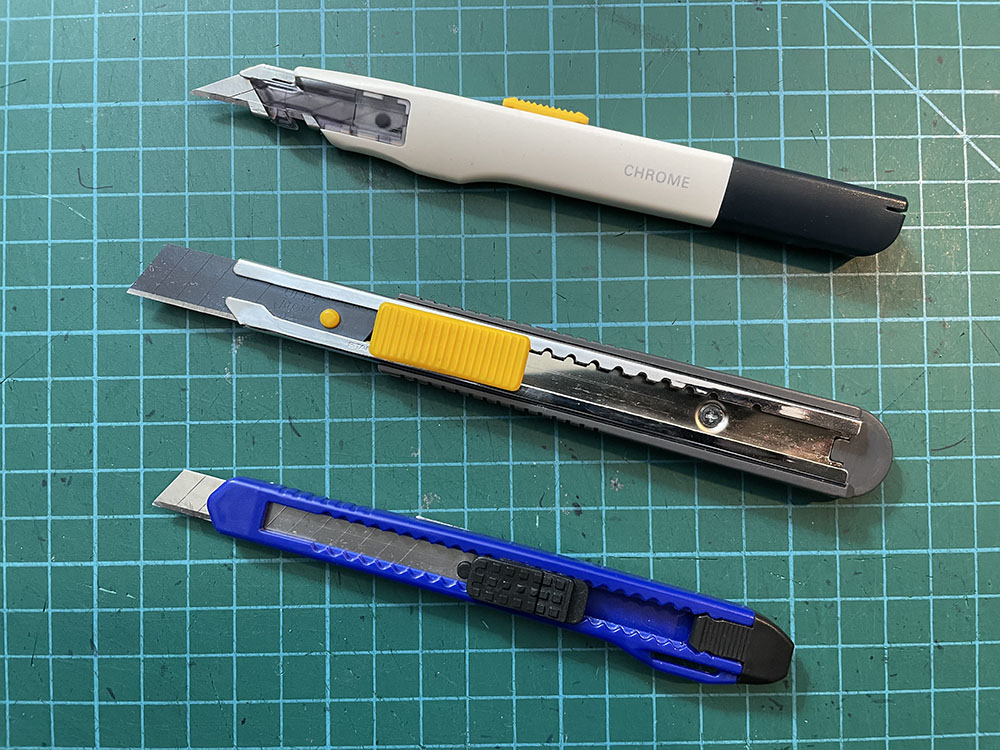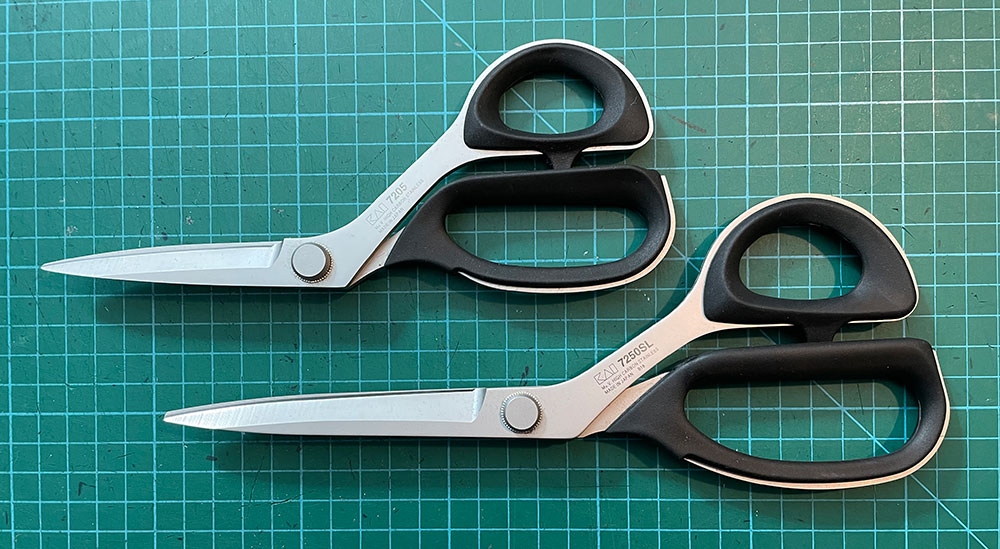Tools of the Trade
Day Eleven: Marking Pens (et al)
A few years ago, I spent each day in January writing about a different tool I use in my maskmaking. As I am currently redesigning my entire website in the new year, I thought it might be nice to revisit this project. Each day in January 2021, I’ll share a different item that I use in my studio. I hope some of these can help other people who are interested in making wrestling masks.
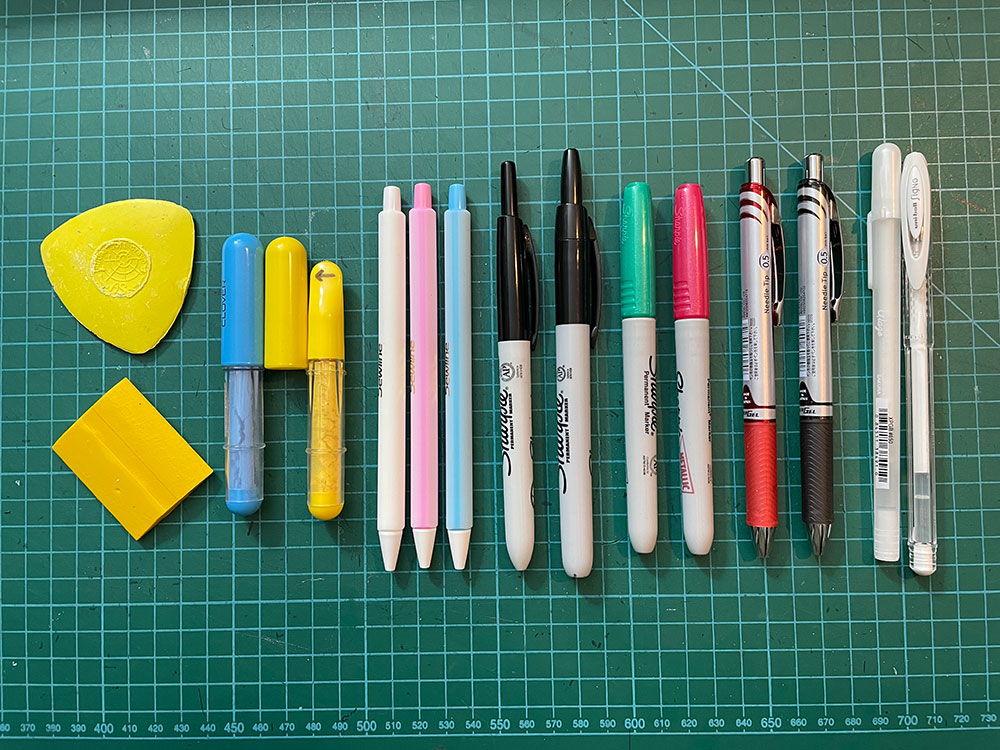
Anybody who has bought pens for marking on fabric know that they’re not all made equal. A lot of them are pretty horrible, to be honest. There are air-erasable pens and water-erasable pens and pens whose marks disappear when you iron them. Most of them are really iffy except on certain fabrics. When you’re working with things like spandex, vinyl, and leather, you usually need to search a little harder. Here are a few of the marking devices that I use most.
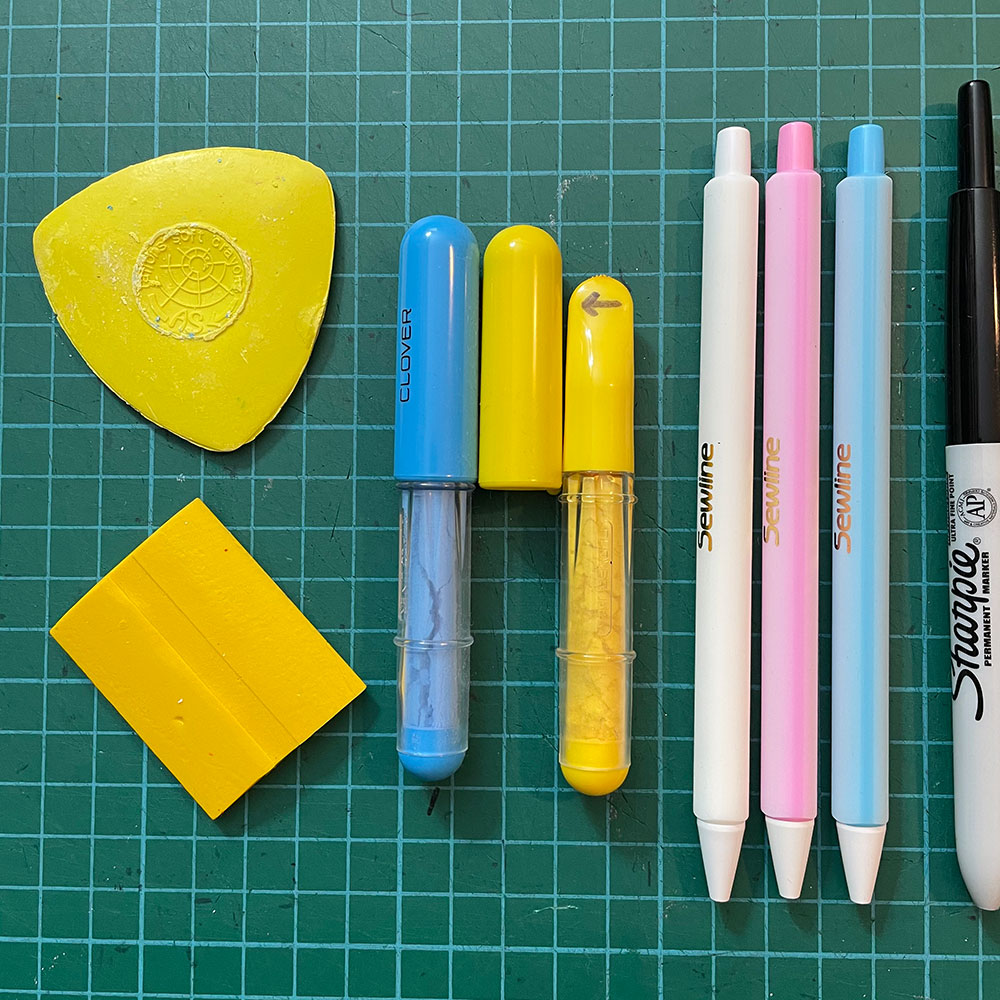
We’ll go through these left to right, top down. That first item is just a standard tailor’s chalk. Underneath is a tailor’s wax crayon. Both of these are great for quick outlining. They transfer their marks quite easily, so they can work nicely on stretchy fabric like spandex. The blue and yellow sticks next to them are Clover Chaco Liners. They’re full of a fine chalk powder, and a tiny grooved wheel in the tip lays down a thin line of chalk as you run it across the fabric. These are great because you’re not dragging a tip along a stretchy fabric; it rolls along it, so you can get a more precise line. I drew a little arrow on the tip to remind me which direction it should travel. It comes in a number of colours. Next are white, pink, and blue versions of the Sewline Click Chalk Pencil. They’re basically what they sound like, thin clickable pencils but with chalk instead of lead. (By the way, the price at that link is ridiculous; you should be able to find them much cheaper than that!)
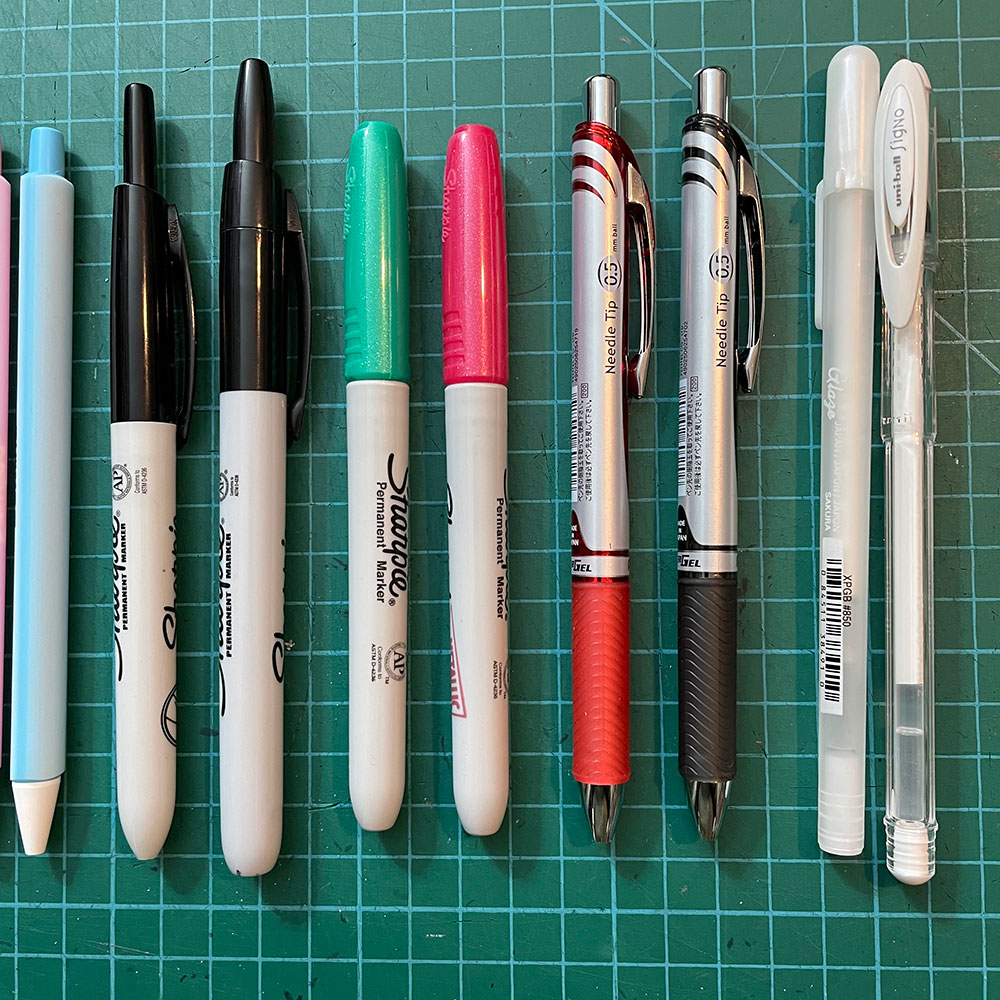
First in this picture are two clickable Sharpies, in Fine and Ultrafine. These are what I use most when tracing patterns onto fabric. I like the clickable ones because I can just quickly grab them, do what I need to do, and toss them back in the jar. After those are a set of red and green metallic Sharpies I bought a couple of years ago in the sales after Christmas. They seem to mark really well on dark fabrics, even a lot of the ones that normal light pens balk at. Next is a red and a black version of the 0.5 Needle Tip EnerGel Pen from Pentel. I just started using these recently. The tips are really thin, and they lay down a good line, so I’ve been using them on the back of vinyl when I need to trace off a pattern or make notes. Finally, I’ve always been looking for something that would make a good mark on dark vinyl. It’s a tricky medium. I’ve tried a bunch of things, and one day I went on JetPens and ordered one of just about every white pen they had. These are the two I liked the best. The first is the Sakura Glaze, and the next is the Uniball Signo. Both are gel pens, so they can sometimes be a bit finicky, but they’re the pens to go to on dark vinyl when you need a bit of precision and nothing else will work.

